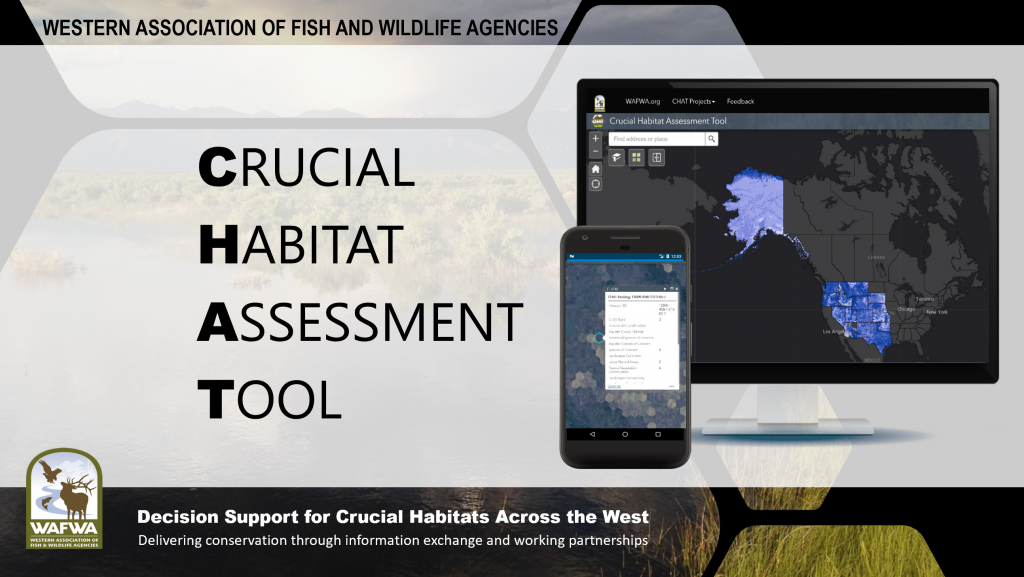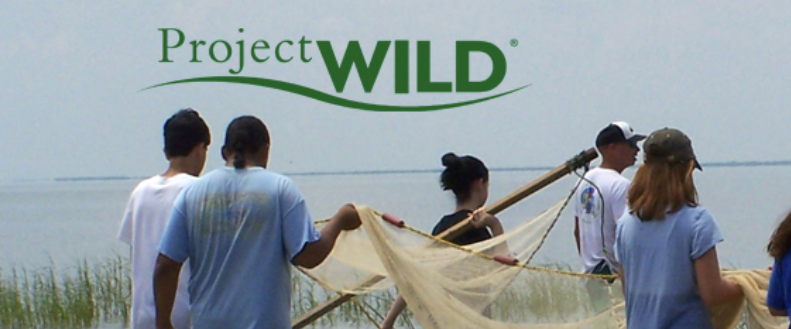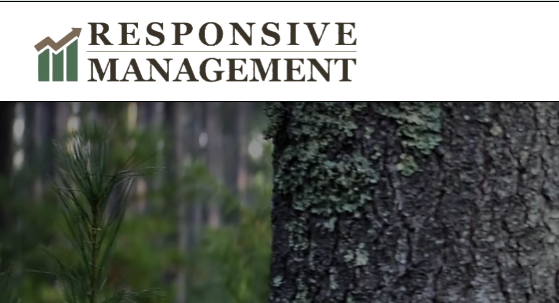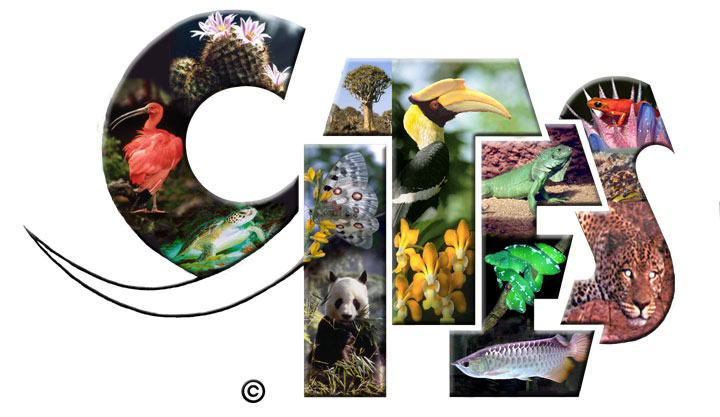Learn about WAFWA’s legacy programs that paved the way for conservation efforts to follow.

CRUTIAL HABITAT ASSESSMENT TOOL
In 2007, the Western Governors asked the Western Governors’ Association to examine how state wildlife agencies could be more collaborative and innovative as they provide wildlife species and habitat information to their various customers, including federal agencies, state agencies, local and tribal governments, conservation advocates, industry, and private landowners.
That effort resulted in the development of the west-wide Crucial Habitat Assessment Toot (CHAT) in 2013. CHAT participating states collaborated to provide a seamless view of state priorities across the west in order to promote landscape level planning efforts, and to provide users with easily accessible data across state boundaries.
A GIS-based decision support system providing quick access to state fish & wildlife agency priorities related to crucial habitats and important migration areas. WAFWA Initiative.
CHAT continued under the guidance of WAFWA and the western states for 10 years as an Initiative to provide conservation through information exchange and working partnerships.
Decision Support
for Crucial Habitat Across the West

In 1979, through an effort to counter growing urbanization with the lessening of the public’s awareness of fish and wildlife issues, WAFWA began development of a wildlife education program designed to be used by school teachers to educate our youth with fun activities.
WAFWA Member Agencies provided personnel and financial support for the development of classroom activities and teaching aids and funded the implementation stages. The product, known as Project WILD, exploded onto the scene, capturing the imagination of teachers and helping shape state wildlife agency conservation education programs.
Today, Project WILD is nearing it’s 50th anniversary as an interdisciplinary, supplementary environmental and conservation education program for educators of kindergarten through high school age young people. Nearly a million educators have been trained in Project WILD workshops and they, in turn, have provided instruction to more than 48 million youth. Project WILD is literally, today, a worldwide phenomenon.
The WAFWA relinquished Project WILD to the Association of Fish and Wildlife Agencies, but remains very committed to its purpose.
Visit PROJECT WILD

In 1985, the WAFWA began developing a program designed to help fish and wildlife agencies become more responsive to conflicting user and public demands on the natural resources.
This program, called Response Management, incorporated survey techniques to provide information on public attitudes and opinions in order to tailor management programs.
Originally it included a training program especially directed toward fish and wildlife agencies dealing with conflict resolution, marketing and managing change. Agencies quickly began using Responsive Management techniques to improve agency image and performance.
Again, because of the rapid rate of expansion, the WAFWA transitioned out of its direct program management responsibilities for Responsive Management in the mid-1990s.
Today, Responsive Management, Inc., under the leadership of Mark Duda, has blossomed into one of the premiere natural resource firms in the country. This program, started in the West, has left its mark on agencies and vastly improved our collective knowledge and understanding of our constituencies.
Visit RESPONSIVE MANAGMENT

In 1997, the U.S. Fish and Wildlife Service (USFWS) and the Association of Fish & Wildlife Agencies (AFWA) outlined a regional system of representation to ensure that all the states would have a voice in the Convention on International Trade in Endangered Species (CITES) and the USFWS would not be dealing individually with a large state contingent on international matters. This approach would enable representatives of the state fish and wildlife agencies (CITES Technical Work Group) to fully participate.
WAFWA’s regional representation on this working group has helped provide biological expertise (directly or through species experts within the states) and strengthen the US position internationally while assuring states’ positions are made known.
For example, during the 23rd Animals Committee in 2008, the Humane Society unsuccessfully attempted to have black bear, river otter, and sandhill crane included in significant trade review. With input from the CITES Technical Work Group concerning state wildlife agency management, population status assessment, and harvest regulations, the three species were dropped from consideration.
Visit CITES

HUMAN DIMENSIONS
CERTIFICATE PROGRAM
WAFWA is a leader in the human dimensions arena and funded the first-of-its-kind pilot research project concerning public values toward wildlife in the West. The study examined the relationships among societal and lifestyle characteristics, wildlife value orientations, and attitudes toward specific wildlife management actions.
The initial study involved six western states. Based on the results, the study was expanded to include wildlife values among people in all 19 western states. This pioneering work, performed by researchers at Colorado State University (CSU), is having profound benefits to all member agencies because in addition to individual state-specific data, the regional component of the survey provides the basis for comparison between member states.
As a product of this effort, since 2007 WAFWA has offered a Human Dimensions Certification Program through CSU for wildlife professionals.
This same approach was later employed to learn more about public attitudes regarding chronic wasting disease.
View CERTIFICATE PROGRAM